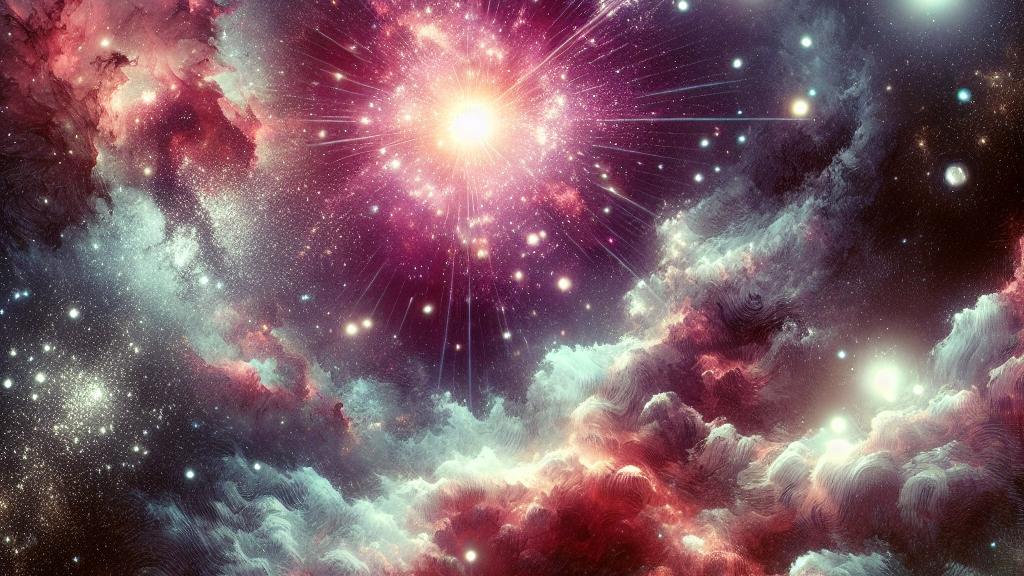Observations of Cloud-Cloud Collisions in N59 Bubble
Overview
- Astronomers unveil groundbreaking discoveries of cloud collisions within the spectacular interstellar bubble N59.
- These dynamic collisions are essential mechanisms driving the birth of stars in our galaxy.
- Located approximately 15,200 light years from Earth, the N59 bubble is a vibrant site of cosmic phenomena.

Unveiling N59: A Galactic Treasure Trove
Situated in the first Galactic quadrant, the N59 bubble represents a captivating marvel of the cosmos, located around 15,200 light years from our home planet. Discovered through advanced mid-infrared imaging techniques that sift through the cosmic fabric, N59 is not merely an astronomical curiosity; it is a vibrant arena where stars are born. Near the powerful and tumultuous mini-starburst region known as W43, where gas and dust coalesce into new stars, N59 invites scientists to explore its depths. Utilizing cutting-edge technology at the Purple Mountain Observatory, researchers embarked on a thrilling quest, peering into this cosmic wonder to uncover the secrets of star formation lurking within its clouds.
The Dance of the Clouds: Catalysts for Stellar Birth
Through meticulous observations, astronomers identified four key clouds, designated as A, B, C, and D, whose interactions within the N59 bubble are simply awe-inspiring. Imagine this: when Cloud A collides with Cloud B, it unleashes a dramatic cascade of events resulting in the formation of at least five new young stellar objects (YSOs), creating an impressive U-shaped cavity in the process. Moreover, the collisions don't stop there; interactions between Cloud C and A generate a separate explosion of star formation, giving rise to several massive stars. Each collision serves as a crucial event—picture a cosmic fireworks display where explosive encounters spark the birth of new celestial bodies, weaving together a narrative of chaos and creation that drives the evolution of the universe.
Transformative Implications: Redefining Star Formation
The findings emerging from N59 challenge and enhance our existing understanding of star formation processes. This isn't just about observing distant phenomena; it's about deciphering the very rhythm of cosmic creation. The realization that N59 is an active star-forming region influenced significantly by dynamic cloud interactions illuminates our perspective on galactic evolution. With each observation, scientists peel back layers of complexity, revealing a continuously active setting where the universe relentlessly generates new stars. This ongoing research does more than satisfy scientific curiosity; it sparks awe and wonder, inspiring both seasoned astronomers and budding stargazers to appreciate the vast, beautiful tapestry of existence stretching beyond our world.

Loading...